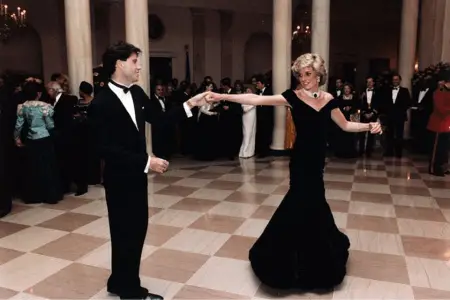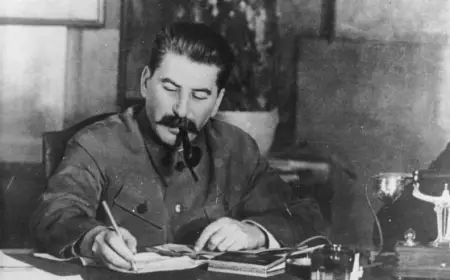Ask people what they think about a prince or a princess, a king or a queen. Then ask them what they think about a dictator. You will see that most people tend to associate royalty with fairy tales and treat them with awe. Dictators, on the other hand, are detested sovereigns from history books. But while most think of monarchy and dictatorship as things of days long gone, they are a reality in some countries. Read on to find out more about it, including the difference between the two.
Summary Table
| Monarchy | Dictatorship |
| Is the oldest form of government | Has been around since the 19th century, although the concept dates back to Ancient Rome |
| Power and the right to rule belongs to one individual and his family | Power and the right to rule is taken by force by the person who overthrows the current government and his party |
| Power is passed on by direct inheritance | Power can only be taken away through a coup |
| Current forms of monarchy are constitutional (symbolic and lenient) and absolute (all-powerful and oppressive) | Current form of dictatorship are oppressive |
| Absolute monarchies are mostly in countries with a strong religious background (Saudi Arabia, Oman, Qatar etc.) | Dictatorships are mostly in countries where people were kept from information and were rendered powerless through decades of oppressive government (North Korea) |
Definitions

Monarchy is a form of government in which the undivided power of an entire nation lies with one individual and his family. This used to be the only form of government before modern political ideas of shared government came about.
In most cultures, the monarch was considered to rule by divine right. In some parts of the world, he was both a statesman and a religious figure. Other times, he was merely anointed and said to have been chosen by God to rule the people.
The monarch has symbols of power. These usually consist of a crown and a scepter. Some cultures may also include a religious symbol, underlining the fact that the king or queen was accepted by God.
Today’s existing monarchies are heirs of the royals who held on to their thrones until the first and second world wars. After this period, many countries switched to other forms of government.
Monarchs either retained a symbolic role, becoming a thing of national heritage and identity, or they managed to retain a more active part in constitutional monarchies. The later have mostly a ceremonial and legal role since the country political affairs are dictated by the constitution. The British royal family mainly plays a ceremonial role, as do the royal families of Spain, Denmark, Sweden, Belgium, Netherlands, Liechtenstein, Andorra, Luxembourg, and Monaco.

A dictatorship is an authoritarian type of regime. Power is held by one individual and a ruling party. There is no opposition and there is no system of checks and balances. The ruling party controls everything. People have no voice in an authoritarian regime and every aspect of their private and public lives can even be controlled.
Such regimes come to power by means of force. In many cases, dictators are former army leaders who gain popularity and support and who orchestrate a coup. Once they reach the top, they retain a monopoly of power and quickly make room for those loyal to them. The only way they can be overthrown is by another coup.
Although modern dictatorships have only existed in the 19th and 20th centuries, the term dates back to the Roman Empire. In times of emergency, all power was allocated to the dictator. Even so, the concept of a dictator was not meant to define arbitrary and unaccountable rule.
However, it turned into arbitrary and unaccountable rule whenever anyone got to this position.
The age of modern dictatorships began when the old monarchies and colonial rule started to shake under civil unrest and people rising to ask for more rights. The outcome was none the better, however, as those who came to power were just as oppressive. In some cases, it was even worse.
Monarchy vs Dictatorship
So what is the difference between monarchy and dictatorship?
Monarchy is one of the oldest forms of government in existence, although nowadays it only plays a symbolic role in democratic countries. On the other hand, we can speak of modern dictatorship starting with the 19th and 20th centuries.
Currently, there are countries with constitutional monarchies and absolute monarchies, as well as dictatorships. Absolute monarchs have managed to preserve power in countries with strong religious backgrounds, while dictators have managed to preserve power in countries with limited resources and where people do not have access to information. In both cases, these forms of government are considered oppressive.
In terms of how power is passed on, monarchs inherit their titles and the right to rule. Dictators take power by means of coups. They can only be removed in the same manner.





